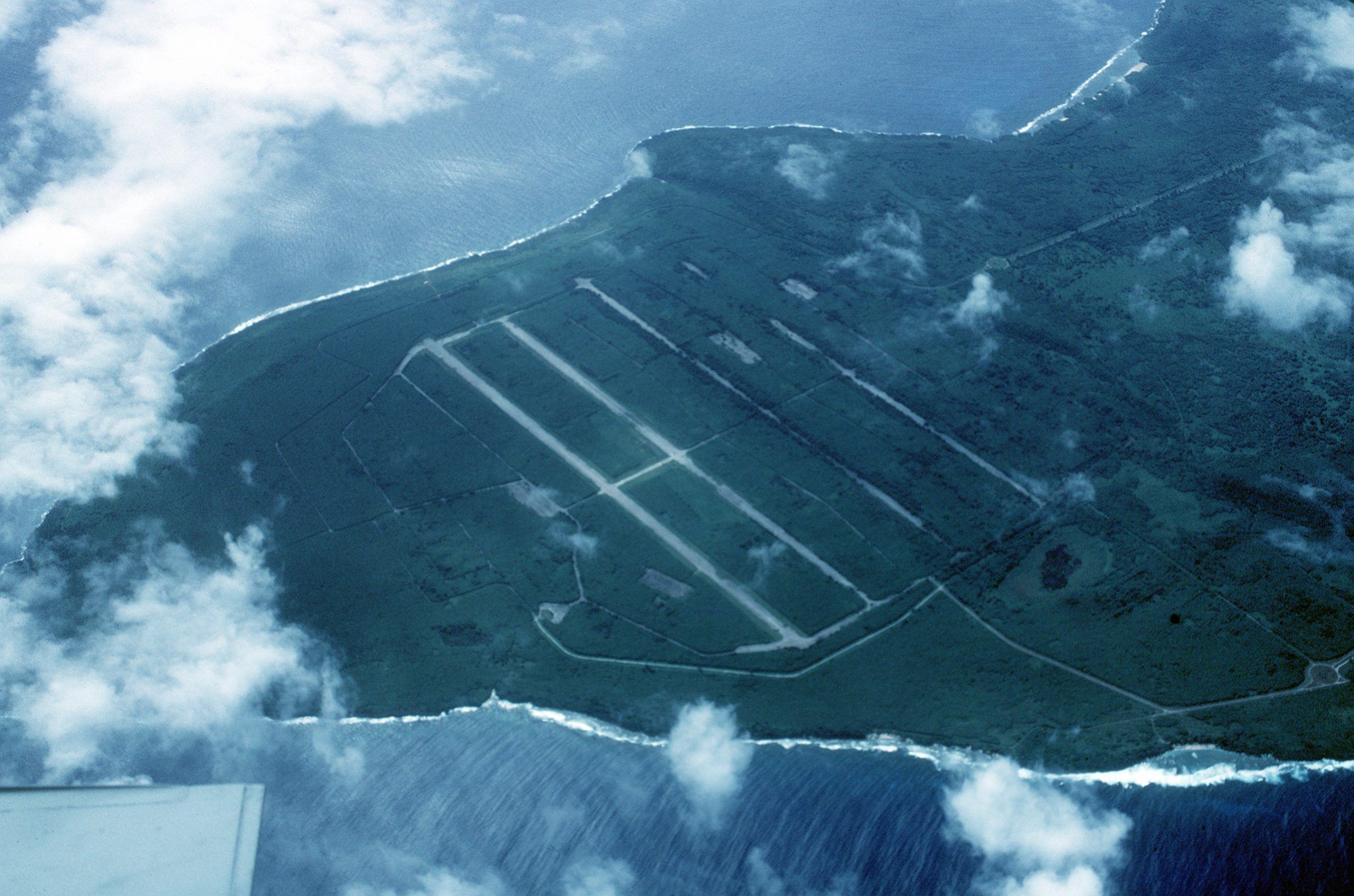By Harold Agnew
On the mission to Hiroshima, I was assigned to the instrument plane, The Great Artiste, which was with equipped with scientific instruments to measure the yield. I had a movie camera and after we completed our measurements, I filmed the Hiroshima cloud with black-and-white film. For the Nagasaki mission, I equipped the tail gunners on the strike and instrument planes with cameras with color film. The films turned out to be the only movies of either Hiroshima or Nagasaki. When General Groves learned that we had the film, he directed his men to retrieve it as we made our way back across the Pacific.
At every stop en route to the mainland, Army personnel confronted me and demanded the film. Before we left Tinian, I had given the films to a courier who was allowed to give the film back only to me. At each stop on the return flight, I brushed the Army men off with, “I’m a civilian. Who are you?” I told them, “I don’t know what you’re talking about.”
From there we went to Kwajalein Island. When we landed, they asked, “Who’s Agnew?” I just stonewalled them. And we took off again to Hawaii. When we landed in San Francisco, some “gumshoes” or counter-intelligence guys came up to me and again asked for the film.
I said, “How do I know who you are? You have to verify who you are.” That sort of stymied them. By the time they could authenticate who they were, we had taken off.
It worked like this all the way back until we got to Albuquerque where they really had me nailed since the courier had returned the film to me. But I cut a deal. I said, “What we will do is go back to the lab and let Oppie adjudicate what is going to happen to the film.”
Oppie decided to first develop the cassettes to see if we had anything on them or not. Because two were in color, Julian Mack, head of photography, had to take them to the Lookout Mountain Air Force laboratory on the West Coast. After developing them and making copies, he brought them back the next day. They were spectacular. Then Oppie, with great grandeur, gave copies to General Groves’ representative.
Toward the end of the project, Oppie personally gave me the originals. I have since given them to the Hoover Institution on War, Revolution and Peace at Stanford University. Today, the Hoover Institution makes them available to anyone at a reasonable price. In retrospect, I should have held them until today and sold them on eBay and become a millionaire.





